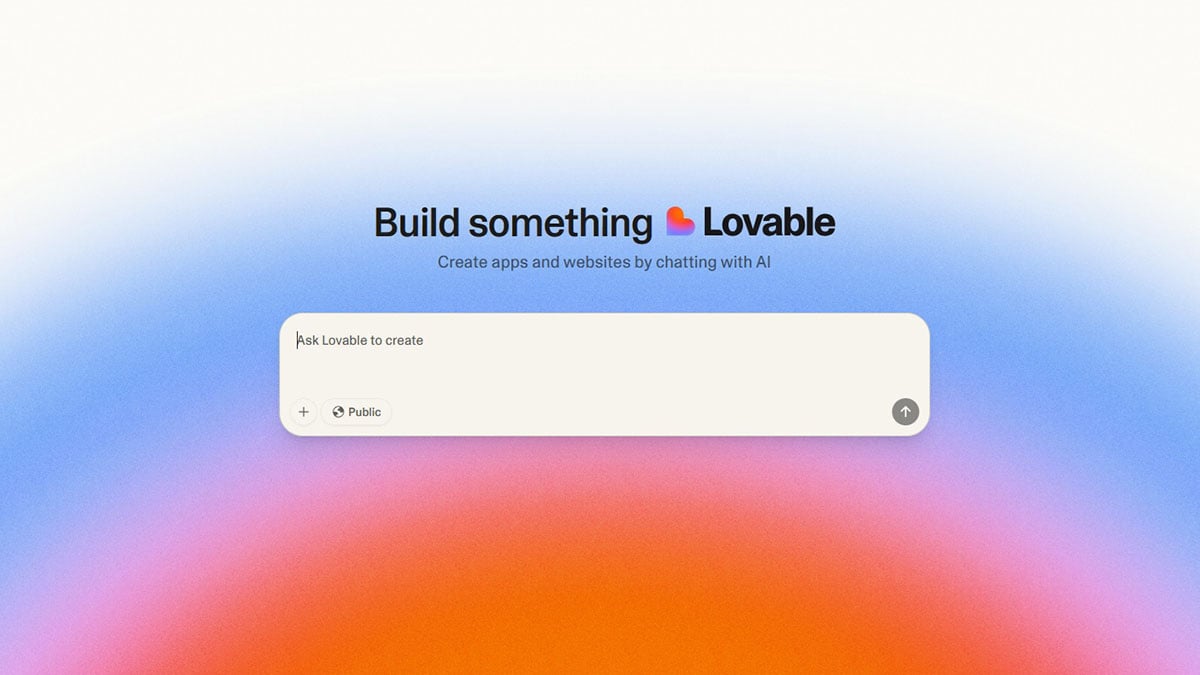
Vibe Coding is changing how people create software, even without knowing how to code. By using simple language, anyone can tell an AI what they want to build. The AI then writes the code for them. This new way of working has become more popular in 2025, with the help of tools like Cursor AI and Claude. But what is Vibe Coding, and why are more people talking about it? In this article, we will explain how it works, why it matters, what tools you can try, and how you can start learning today.
What is Vibe Coding?
Vibe Coding is a new way to build software by talking to an AI instead of writing code. You describe what you want the program to do, and the AI writes the code for you. This makes it possible for people with little or no coding skills to create websites, apps, games, and more.
The idea comes from Andrej Karpathy, a well-known AI expert and co-founder of OpenAI. He noticed that developers were spending less time writing code and more time talking to AI tools. Instead of typing long blocks of code, they could just say something like “make the text bigger” or “add a button to the top right.” The AI would take care of the rest.
The name “Vibe Coding” comes from the idea that you don’t need to stress over every detail. You follow your ideas, give instructions in your own words, and let the AI do the heavy lifting. In short, Vibe Coding is about creating software by using your thoughts and goals, not just your technical skills.
Why is Vibe Coding becoming more popular?
Vibe Coding is growing quickly because it makes software development easier for more people. In the past, you needed to know programming to build a website or app. Today, you can describe what you want in plain language, and the AI writes the code for you. This saves time and makes the process less stressful.
Another reason is the rise of better AI tools. Programs like Claude, ChatGPT, and Cursor AI can now understand and follow natural language more clearly. These tools help beginners get started and give experienced developers a faster way to build.
Many companies also see Vibe Coding as a way to boost productivity. Teams can complete projects faster and with fewer people. Some companies have already replaced parts of their writing or development teams. For example, many writers now review and edit AI-generated drafts instead of writing from scratch. The same shift is happening in software development.
Vibe Coding also allows people to focus on creative ideas. Instead of spending hours learning syntax or fixing small errors, you can spend your time thinking about how the app should look or what it should do. The AI helps turn those ideas into real products.
In short, Vibe Coding is becoming popular because it is faster, easier, and more efficient. It helps individuals move quicker and helps companies save time and costs.
How do I learn to Vibe Code?
Vibe Coding may sound easy, but learning how to do it well still takes time and practice. You do not need to be a professional developer to get started, but having some coding knowledge helps a lot. If you understand the basics of how code works, you will be better prepared to guide the AI and check its work.
Do I need to know how to code in order to Vibe Code?
The short answer is yes, at least a little. Vibe Coding tools can write code for you, but they are not perfect. You still need to review what the AI creates and make sure it works as expected. If you do not know what you are looking at, it will be hard to spot errors or understand why something broke.
Knowing basic concepts like HTML, CSS, JavaScript, or Python can make a big difference. It helps you ask better questions, give clearer instructions, and fix problems when they come up. Many people learn this by starting with small projects and asking the AI to explain things as they go.
How to get started
- Pick a Vibe Coding tool like Cursor AI, Claude, Loveable or v0.
- Start a small project, such as a simple webpage or calculator.
- Describe what you want, like “make a page with a title and a button.”
- Let the AI build it, then review and test the result.
- Ask the AI to explain the code if you don’t understand something.
- Repeat and improve as you build more features.
Learning to Vibe Code is more about giving clear instructions and thinking like a builder. The more you practice, the better your results will be.
What are the best Vibe Coding tools?

There are many AI tools that support Vibe Coding, but only a few stand out in terms of ease of use, power, and flexibility. Below are some of the best options to help you build websites, apps, and full-stack tools using natural language.
1. Cursor
Cursor is an AI-powered code editor made for people who want to build software quickly. You can ask it to create features, fix bugs, or rewrite sections of code. It works with models like Claude, GPT-4, and DeepSeek. Cursor shows code suggestions in real time and is great for both beginners and advanced developers. If you're learning to Vibe Code, this is one of the best tools to start with.
2. Claude 4 (by Anthropic)
Claude 4 is one of the most advanced language models available in 2025. It’s good at following instructions, writing clean code, and explaining how the code works. Claude Opus 4 is best for large and complex projects, while Claude Sonnet 4 offers fast and affordable help for smaller tasks. Claude works well inside tools like Cursor or in standalone chat settings.
3. v0 (by Vercel)
v0 is a powerful AI assistant designed for building websites and full-stack apps from plain text. You can type what you want in your own language, and v0 will generate code, UI blocks, or entire web apps. It supports React, Svelte, Vue, and HTML with CSS. You can also upload Figma designs, screenshots, or wireframes, and v0 will turn them into working code. It connects with Vercel for instant deployment and offers free and paid plans.
4. Lovable
Lovable is a browser-based AI tool that lets you build full-stack applications without installing anything. Just describe your idea, and the system creates a working app that includes front-end design, back-end logic, authentication, and even database support. Lovable includes real-time collaboration, auto-debugging, documentation generation, and one-click cloud deployment. It’s ideal for teams or solo creators who want to go from idea to launch fast.
Final thoughts
Vibe Coding is making it easier for more people to create software, even without a background in programming. With tools like Cursor, Claude, v0, and Lovable, you can describe your idea in simple language and watch it turn into code.
But here is the truth. If you want to get the most out of these tools, you still need to learn how to code. AI can write code for you, but it does not always get things right. You need to know how to check the output, fix mistakes, and improve on what the AI gives you.
If you are serious about a future in tech, learning to code is still important. It helps you understand how things work and gives you the skills to guide AI tools more effectively. Companies are looking for people who can use these tools with confidence, not just those who rely on them.
Vibe Coding is not a shortcut to skip learning. It is a new way to build faster and smarter. Start exploring, keep learning, and use AI as a tool to grow your skills, not replace them.
And if you are looking for a laptop to match your creative pace, the Acer Swift series offers lightweight, high-performance devices that are perfect for Vibe Coding. Whether you are launching your first web app or managing multiple projects, Swift laptops help you stay fast, focused, and flexible.
Recommended Products








